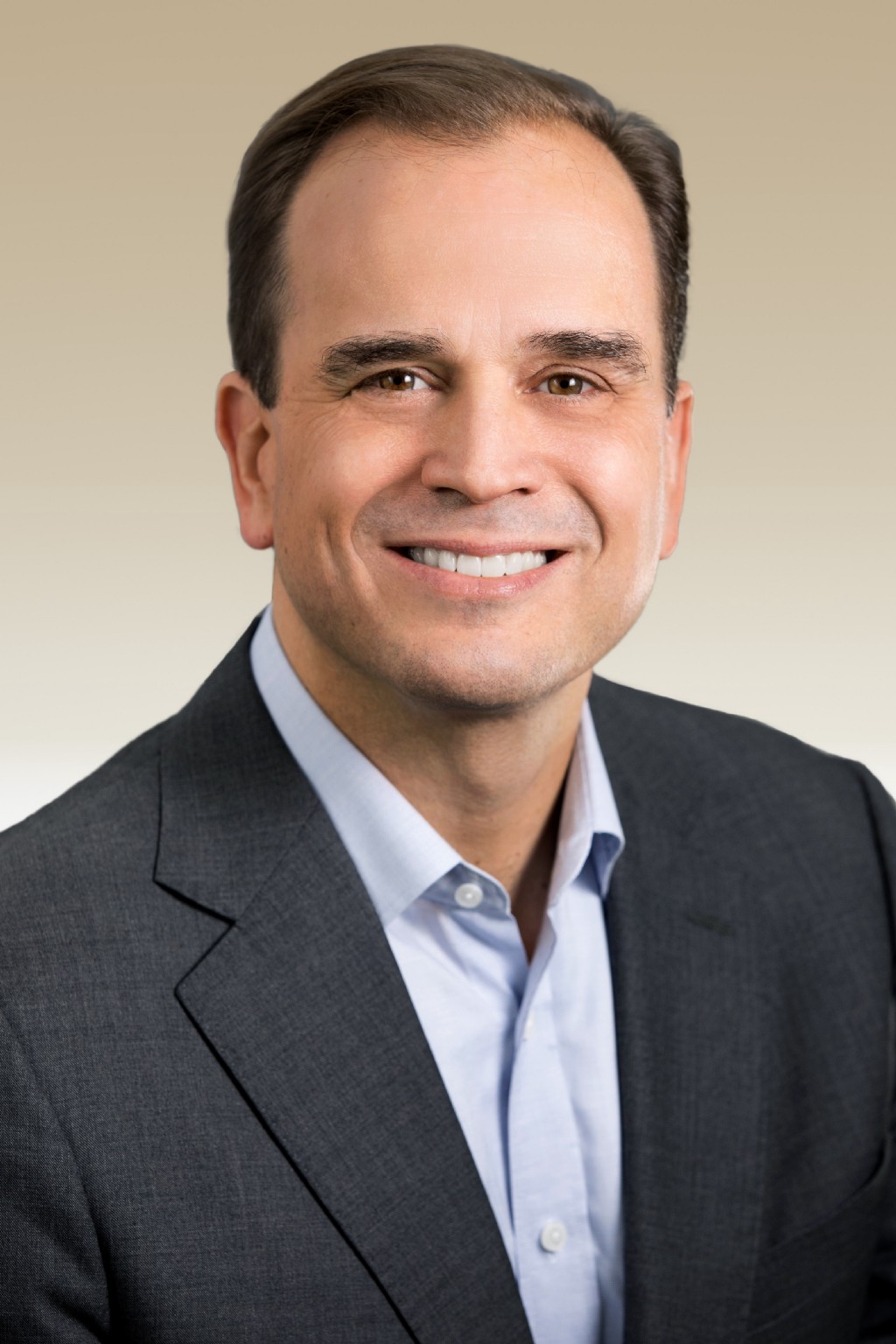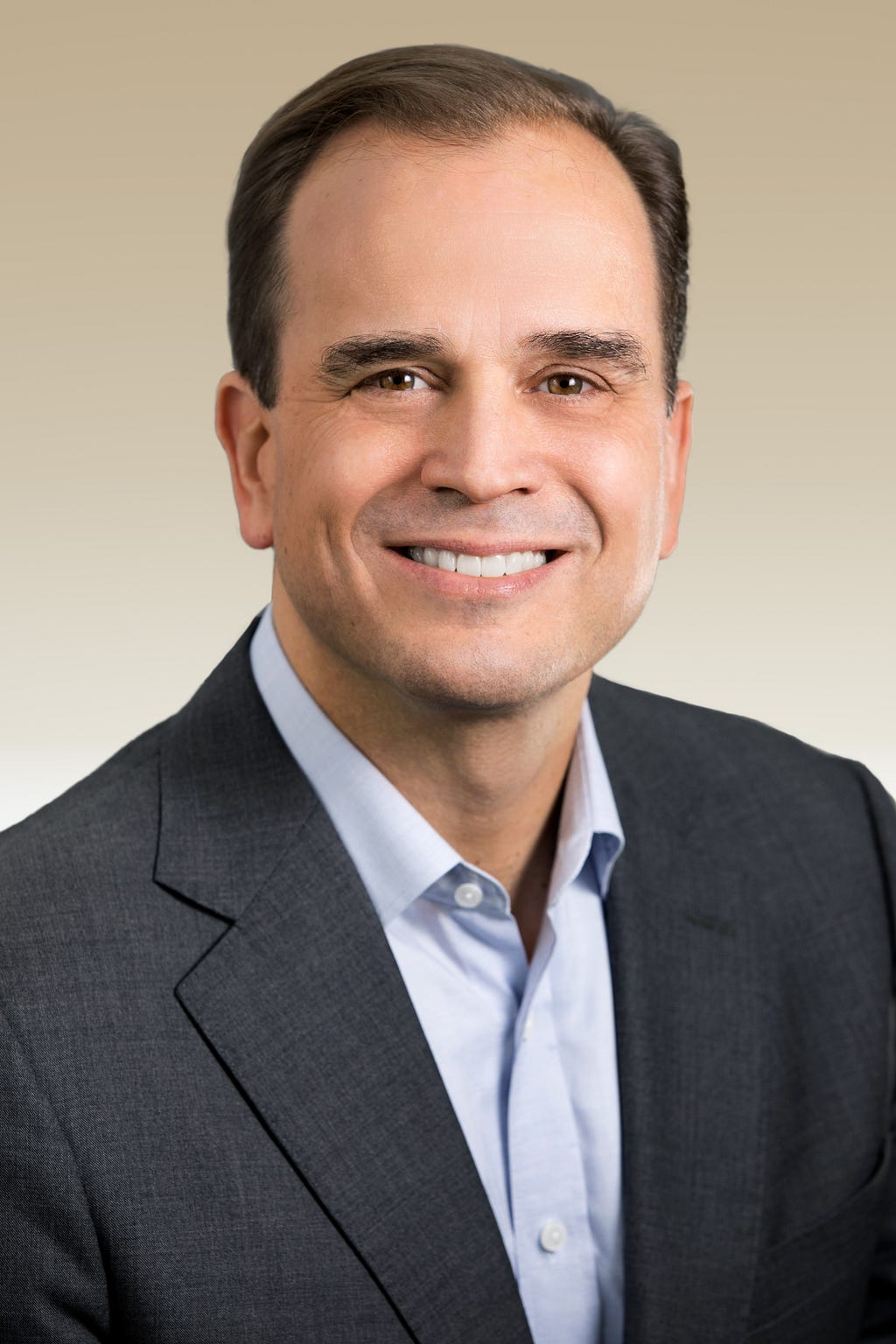The Social Impact Heroes of Social Media: Simone Aptekman is using her platform to support models undergoing financial duress while providing them the Model’s Bill of Rights

…One scenario I documented was truly appalling. A model did many hours of work, mind you overtime work, for a large automotive brand. The job was lucrative. Months went by…no payment from her agency. Upon reaching out to her agency, they purported that the client had not paid. The model contacted the automotive company and they had sent her a photo of a check that was sent 4 months prior and it been redacted immediately by the agency. Last time I checked, this is blatant fraud. The model was then paid a smaller portion of what was due to her because the agency fabricated expenses. Worst thing about this scenario was that the agency threatened to deport the model if she took action. She filed a claim in a small claims court to receive her money and had to spend thousands of dollars on a lawyer which etched away at her payment for the job which was rightfully hers! As someone who concentrated in Contract Law in college, I was beside myself that models are falling prey to predatory contracts, myself included. This is when I began to draft the Model’s Bill of Rights.
As a part of my series about social media stars making a social impact, I had the pleasure to interview Simone Aptekman. Simone is a Model, Artist, Writer, Business Owner and co-founder of the Model’s Bill of Rights Movement. In 2016, Simone was the youngest female to attain her master’s degree from The F.W. Olin Graduate School of Business and was Valedictorian of her graduating class. Shortly thereafter, Simone relocated to New York, and her journey as a multifaceted entrepreneur, model, activist, writer, and artist began.
Thank you so much for doing this with us! Can you tell us a story about what brought you to this specific career path?
Thank you for taking an interest in my ambitions and my work! Let’s start from the beginning. While I was studying at Babson College, I was simultaneously modeling for a small but lovely agency in Boston called Maggie, Inc. I remember speeding down the highway with exam study guides sprawled all over my lap, trying to make it in time for a Daniela Corte Bikini cover shoot for the Boston Herald. I went on to be the youngest female in Boston to attain her Master’s Degree in Business. I was deeply entrenched in the rigor of a full time master’s program, so I was constantly forgoing modeling opportunities. I decided to make a pact with myself: upon graduation, I would move to New York, enter into a larger market and allocate my full time to modeling and building my brand.
But I’ve got to be honest with you… I was very conflicted. I felt emotionally tied to take a role in my family’s business upon finishing grad school. This sense of obligation arose after my father suddenly passed when I was 14. My mother immediately took on running the family business which was now a robust, international chemical manufacturing company exporting automotive treatment products. She was grieving and working simultaneously while my brother and I trudged through school, our confusing teenage years, feeling incredibly numb and broken. I knew that my hard work in school would need to be centered on a succession of my family business (http://magazine.babson.edu/2015/05/11/small-talk-with-simone-aptekman/).
But I decided to stay true to myself, and the fact that I had a brilliant brother stepping into the business but my qualms at ease. So… I moved to NY! A week later, I found myself at an art opening where I was scouted to be the model for a month long fashion editorial/art collection shoot in Vietnam, China, Cambodia, and Laos…and I agreed to it, and off I went! The shoot was an incredibly poignant moment in my life of self-discovery as a person as well as a model. The set was unconventional — every day the terrain would change. My tolerance to any possible set situation grew beyond proportion. Most models cannot say that their first shoot took place in a third world country for 1 month — so I was experiencing something that others would possibly experience well into their career. I was learning as I went and began to truly develop as a model in Vietnam. Today, these art pieces are displayed in different galleries around the world (https://www.artrabbit.com/events/raphael-mazzucco-an-odyssey) and feature my typewriting over mixed materials, which was the beginning of establishing myself as an artist.
Back in New York, after being represented and working for an agency that I didn’t feel aligned with (which eventually paved the way for The Model’s Bill of Rights), I was scouted at a restaurant by the owners of The Industry Model MGMT and began to really identify with modeling. I am currently represented by The Industry Model MGMT NY, LA, Miami as well as MP Management Atlanta.

Can you share the most interesting story that happened to you since you began this career?
So as you’ve read so far, my career truly began with two chance scoutings that you tend to only read about in fiction novels or see in films. So the most interesting aspect to my career was definitely how I started and then how I signed with my most recent agencies.
As aforementioned, the first interesting story involves being scouted at an art gallery for the month long fashion editorial in the most rural parts of a third world country (Vietnam), Laos, China, and Cambodia. I had literally just moved to New York. I knew that I wanted to pursue modeling but I didn’t know how I would get there. My plan was to do it rather formulaically via open calls and setting up meetings. But instead, my career began in the most spontaneous and least formulaic way. I took a risk and decided to go on the trip and that sort of zest and commitment to carving my way into the industry in my own unique way, is what i believe gave me an edge and gave rise to my distinct identity as not just a model but an artist, writer, and activist. Everything that I experienced from that day forward (the day I was scouted), I incorporated into my identity and career.
To be scouted once is rare, but twice is definitely a combination of fate and being in the right place at the right time. I was wrapping up dinner at a restaurant in Soho, NY, and began to traverse to the coat check. I was in a great mood and instead of walking, I was almost gliding across the restaurant. At this exact moment, Federico Pignatelli (owner of Industry Model MGMT Group and Pier59 Studios) as well as the late Brunella Casella were having a work dinner, they noticed me and invited me to have a meeting at Pier59 Studios the very next day. Thereafter, I signed with Industry Model MGMT NY & LA followed by being placed with MP Atlanta and Industry Model MGMT Miami.
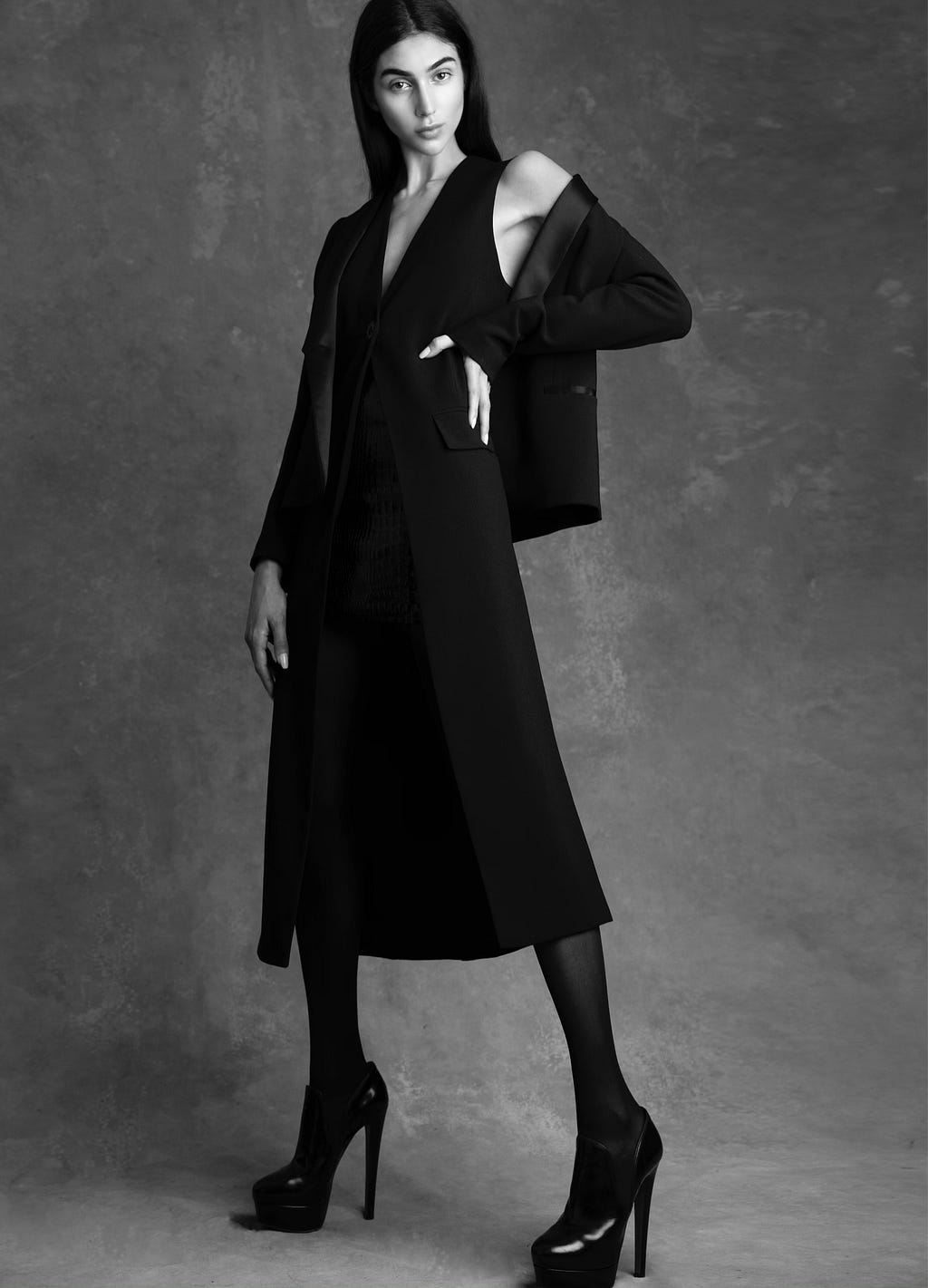
Can you share a story about the funniest mistake you made when you were first starting? Can you tell us what lesson you learned from that?
Haha! You will definitely find this funny… although at first it was super sad for me but now that time has passed, we can talk about it! Okay, so I had a shoot at Pier59 Studios and prior to the shoot I went to get a quick blowout. Before I paid and left the salon, I went the restroom and placed my favorite handbag down on the counter. When I went to go pick it up after washing my hands, the purse was stuck to the counter! WHITE WET PAINT!!! The sign on the door had fallen off, so I had no idea. I got frazzled and freaked out and began to try to peel the purse off the cabinet and in the process was getting white paint all over my hands, cheek, and legs. Eventually, the purse came off… but the paint would not. But I had to head to Pier59, I was running late for my shoot! I showed up to the shoot… A TOTAL HOT MESS. I was covered in paint that wouldn’t come off and there was nothing I could do about it. Truth be told, I did cry in the cab so I also had puffy red eyes. But hey, I had to trudge through, and the majority of the photos in my portfolio are from that shoot. SO the lesson from this story? Turn a whoops into a WOW! And never give up.

Ok super. Let’s now jump to the core focus of our interview. Can you describe to our readers how you are using your platform to make a significant social impact?
So I use my platform to connect with models undergoing financial duress and share their stories while providing them the Model’s Bill of Rights as an educational resource so that they are aware of their rights. I myself had been undergoing grievances (mainly in the form of withheld payments) in my previous representation. While in an SLT pilates class, I overheard a few models talking about similar experiences and I became privy to the fact that I wasn’t alone and that in light of the Me Too Movement, financial duress was for sure another form of abuse. I decided to host a symposium in my apartment and invited 12 models from different agencies. They shared their stories; I documented them all. A lot of these models were on 01 Visas sponsored by their agencies and therefore were scared to speak up in fear of deportation, so I became the voice for them. Thereafter, in collaboration with Federico Pignatelli (owner of The Industry Model MGMT Group and Pier59 Studios) we founded The Model’s Bill of Rights which sets specific standards and guidelines to mitigate financial duress, protect models’ fundamental rights, ensures safe working conditions, and promotes education for models to understand the legalese in contracts. I was the voice for the models, having had documented an entire manuscript of grievances, and Federico had the wheelhouse to expose this reality as he is a major industry leader.
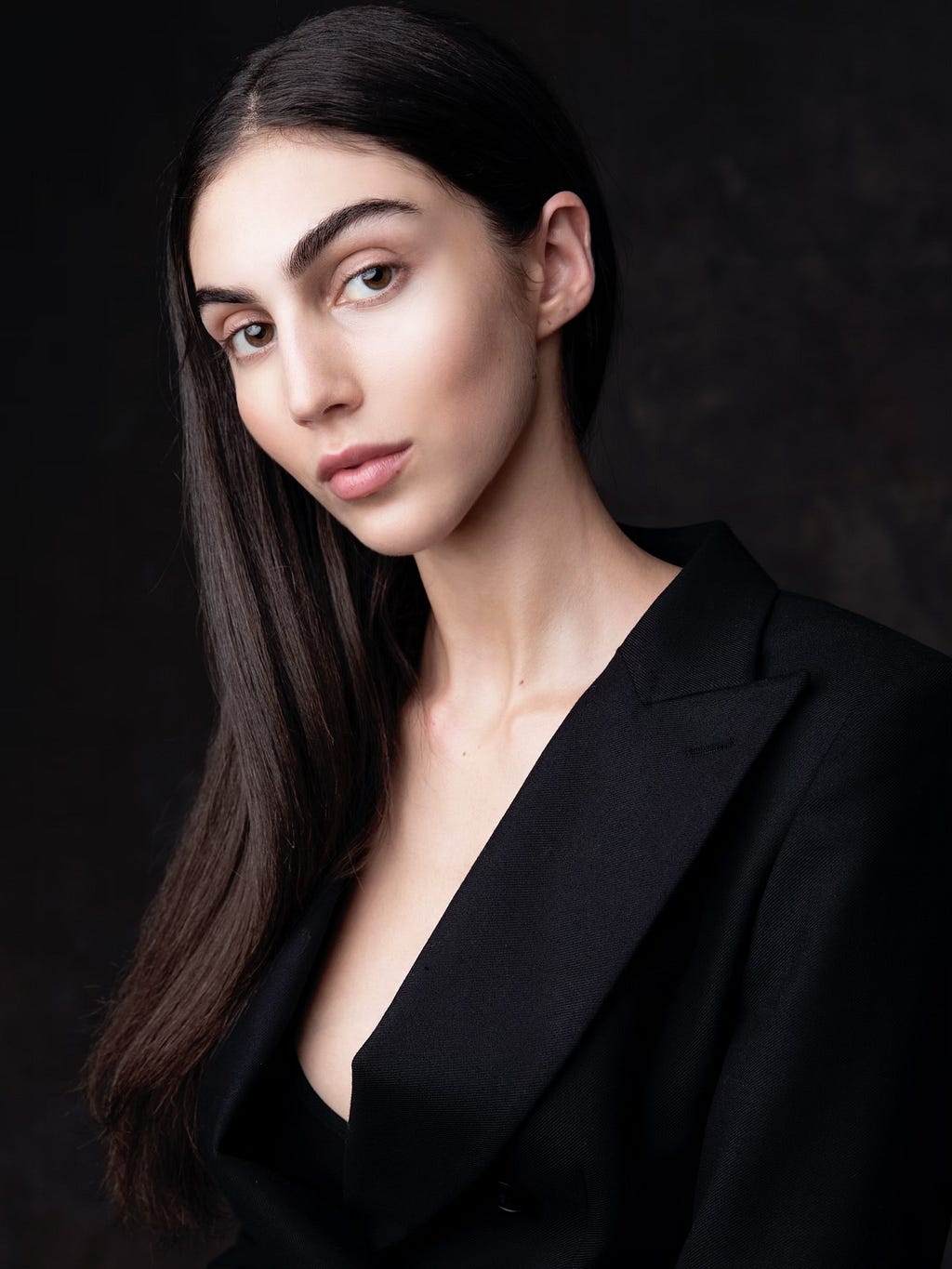
Wow! Can you tell us a story about a particular individual who was impacted by this cause?
One scenario I documented was truly appalling. A model did many hours of work, mind you overtime work, for a large automotive brand. The job was lucrative. Months went by…no payment from her agency. Upon reaching out to her agency, they purported that the client had not paid. The model contacted the automotive company and they had sent her a photo of a check that was sent 4 months prior and it been redacted immediately by the agency. Last time I checked, this is blatant fraud. The model was then paid a smaller portion of what was due to her because the agency fabricated expenses. Worst thing about this scenario was that the agency threatened to deport the model if she took action. She filed a claim in a small claims court to receive her money and had to spend thousands of dollars on a lawyer which etched away at her payment for the job which was rightfully hers! As someone who concentrated in Contract Law in college, I was beside myself that models are falling prey to predatory contracts, myself included. This is when I began to draft the Model’s Bill of Rights.

Are there three things the community/society/politicians can do help you address the root of the problem you are trying to solve?
Absolutely! First, I think spreading awareness by having more conversations surrounding financial duress. When conversations start at the top, they are prioritized and that significance trickles down. Second, many models are international and therefore granted an 01 Visa. The truth about transferable 01 Visas is critical. Models are made to believe that the agency that sponsors their visa has grounds to terminate the visa or deport the model. Often times, agencies use this to their advantage by withholding payments with no accountability which in turn puts the model in a powerless position. Third, I believe there is potential for SAG to partner with modeling agencies and have everyone abide by the same payment standards for talent at large.

What specific strategies have you been using to promote and advance this cause? Can you recommend any good tips for people who want to follow your lead and use their social platform for a social good?
I recently went live on a podcast for iHeart Radio where I discussed the purpose and goals of The Model’s Bill of Rights Movement and thereafter promoted those conversations via my Instagram page in the form of posts, stories, and highlights. Also, I recently took part in a press conference during New York Fashion week and was interviewed by the Associated Press and Bloomberg as an ambassador for this movement. My hope is to see heightened transparency regarding contracts, working visas, payment, and taxes so that models have more control over their career in order to protect their present and future and I am happy to see that the movement is gaining significant traction. In terms of using social media platform for social good, if you want to bring awareness to something that may not match your theme/content, use the story feature. I personally am very passionate about animals and whenever I see that there is an animal that needs to be rescued/adopted, I post the information on my story and have had success in finding a pup a forever home! I have close to 20,000 followers and so I feel empowered and obligated to use my special platform for social good. Regarding the Model’s Bill of Rights awareness and content, I aggregate all of that press and information to my highlights.
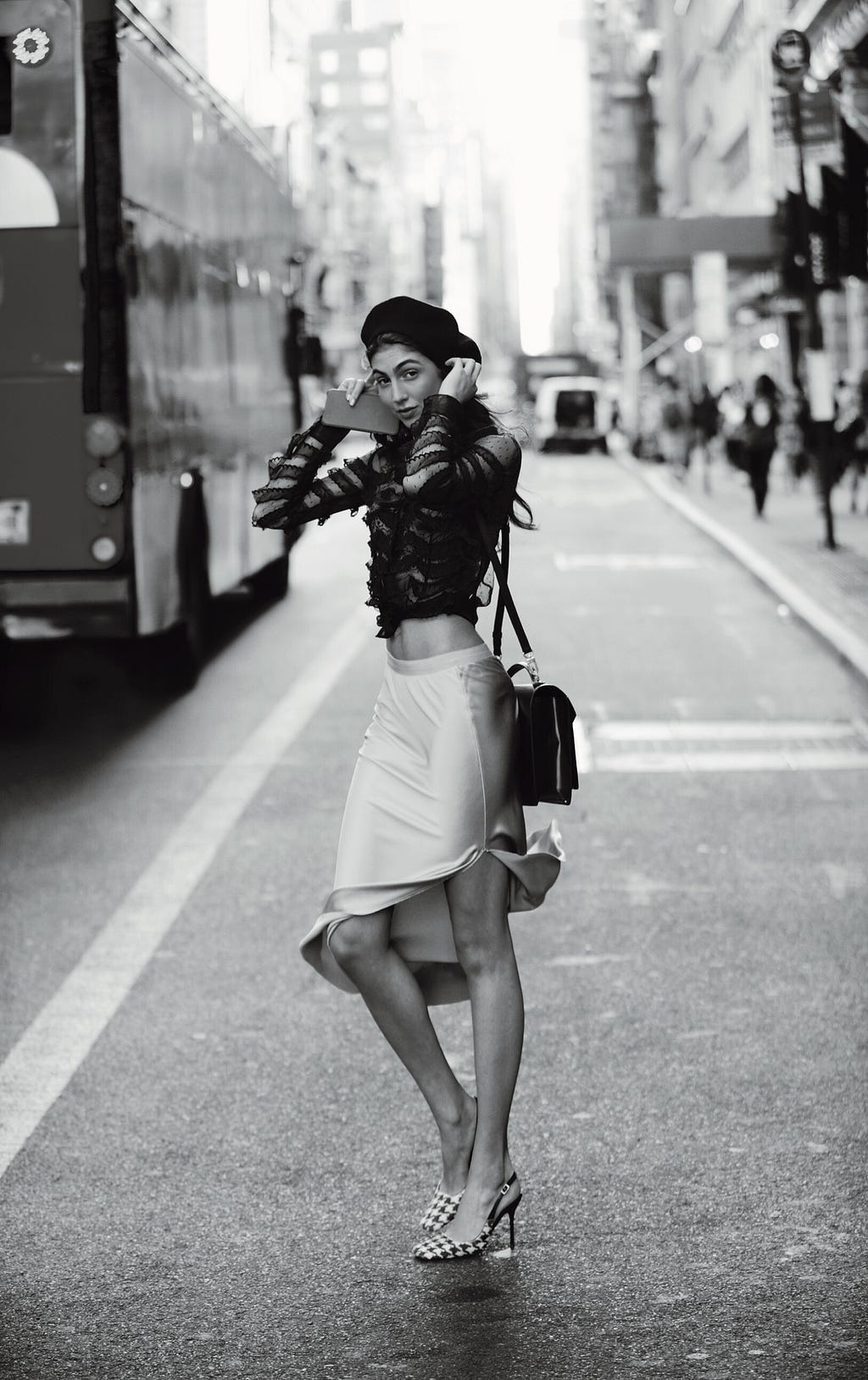
What are your “5 things I wish someone told me when I first started” and why? Please share a story or example for each.
- Dieting does not mean suppressing food intake!
Unfortunately, I think many models implement diets and workout regiments that are not sustainable. The word ‘diet’ is totally tainted. People have misconstrued diet to mean suppression of food when in reality diet is nutritious consumption. Relating to nutrition, my motto is: just as quickly as you lose, is just as quickly as you’ll gain. If you are starving and working out intensely to look good for those swim digitals coming up, you may very well shed weight and look the way you want for those snaps. BUT, you will quickly bloat and gain back even more…your body will punish you! TRUST ME, I’ve been there. Instead, you want to change the composition of your body over time by implementing realistic and healthy measures that work for YOU. It’s not a one size fits all and it really is all about being consistent. So don’t go extreme when your agent/booker says to tone up… take your time, and do it in a healthy & sustainable way! Your journey is personal to you! Keep your goals realistic to your own personal body composition and be the best version of YOU. Find exercise that makes you happy and patterns of eating that are doable and healthy! For me, its pilates, barre, smoothies in the morning, yummy chicken and kale salads, and a fatty fish for dinner (or sushi!).
2. Don’t compare yourself to other models, especially on social media!
I do believe that the beauty ideal has totally gotten unrealistic and morphed, specifically how it is presented on social media. I would tell girls and women to not conflate that with real life and not to become dysmorphic about their image as compared to an altered/photoshopped image on Instagram. Beauty really does shine from within. If anybody is curious about great workout studios, skincare, or nutrition, please DM me (@simoneaptekman) and I would be happy to chat! I am happy to say I have implemented a healthy lifestyle that works for me and would love others to achieve the same.
I can honestly say that modeling has heightened my awareness of body image. As a result of modeling and the pressure, I have become critical of myself but luckily today I channel this awareness into healthy solutions. I do wish that I had more resources and guidance prior to entering into a bigger market like New York. I worked so hard to break into the industry, and was elated to get my start, that I did not carefully read my contract and instead placed a lot of trust in others. I urge models to exercise due diligence and take their time reading and signing anything. That is why I co-founded The Model’s Bill of Rights — I want other models to break into the industry, informed and empowered.
3. Keep track of your jobs/hours/payments
If the model is experiencing financial duress, I would advise her to send detailed statements to her booker and CC the accounting department that show date/client/hours/rate to exemplify that she is keeping track of all of her jobs. If payment is withheld past the contractually promised pay period, this is material breach of contract and enables the model to be released from the contract if she so chooses. I would advise the model to then refrain from accepting work until she is paid what is rightfully owed to her because there is no evidence that she will be paid for future work and will be continually taken advantage of. If the model is mistreated on set, she should immediately notify her booker/team and communicate her concerns. She should not have to tolerate anything that makes her feel uncomfortable or in danger; feeling safe trumps losing one client — there are plenty!
4. Don’t rush to sign ANYTHING!
I hope any aspiring model reading this takes a copy of her contract home when she is offered representation and reads the contract before signing, amending it in any way she sees fit. In the past, I have made the mistake of not reading through a contract thoroughly and signing it on the spot! Which is totally embarrassing as I concentrated in contract law… sometimes you really learn things the hard way! Always read through any document you sign. Just do it!
5. Always be prepared and casting ready!
Okay… this may seem trivial but it is super important: once you start going to castings, your chart can change throughout the day on a very short notice. When you’re in town and available, it means you are available. Unless you book out, you are AVAILABLE. Meaning, always have a pair of plain black or nude heels handy, nude polish on fingernails or no polish at all, something that will pass as a casting outfit, and your IPad or book (whichever way you store your portfolio). You may get a great opportunity and only have an hour to get there. The fashion industry will keep you on your toes, so don’t fall behind and always be ready!
You are a person of enormous influence. If you could inspire a movement that would bring the most amount of good to the most amount of people, what would that be? You never know what your idea can trigger. 🙂
Thank you very much! I have inspired a movement and I am so happy to see that The Model’s Bill of Rights is gaining significant traction. I believe it is a very timely and relevant movement. Many models have come forward, sharing their grievances related to sexual harassment. Financial duress is another form of abuse. We have held numerous press conferences at Pier59 Studios where models and many key industry figures attended, as well as the Associated Press and other media outlets that have circulated the movement. I can say that not all agencies pledged to implement The Model’s Bill of Rights as a practice. These agencies thrive off of predatory contracts. But hosting these symposiums, press conferences, and starting this conversation has enabled the model to have resources and education. I hope any aspiring model reading this takes a copy of her contract home when she is offered representation and reads the contract before signing, amending it in any way she sees fit. These are the kinds of conversations and suggestions we offer to models when we host press conferences and gatherings.

Can you please give us your favorite “Life Lesson Quote”? Can you share how that was relevant to you in your life?
It is a very simple but positive life lesson: TURN A WHOOPS INTO A WOW! Life presents us with so many decision points. Inevitably, you may make what seems to be a “wrong” decision. Don’t ever submit to that defeat; rather, turn that whoops into a wow! Find solutions to eradicate the situation, to make it better, maybe even better than it would have been if you had done it “right” from the start. Be creative because everything is subjective (this is the artist in me shining through!)
This is super relevant to my life…and always has been! I started to live by this motto in the 2nd grade. We had a school-wide bookmark competition (grades 1–9), I began to draw and immediately realized that I had made a mistake. I got the attention of a faculty member and asked her for a fresh bookmark to which she informed me that every student only gets one. I was dismayed and super disappointed (from a young age I was always a perfectionist!) The teacher proceeded to tell me to turn a whoops into a wow. The curved line I had mistakenly drawn, I turned into a bumble bee and created a collage of different bees and butterflies and nature related figures. I proceeded to write “Make a Whoops into a Wow” on the bookmark. That year, I won the bookmark competition. 600 students, mind you, students that were also 14/15 years old participated. I was 7 years old.
Nowadays, I am a busy, modern renaissance woman. I possess a zest for modern advances, progressive schools of thought, but simultaneously have an extremely old soul. I wear many different hats and am constantly saying YES to life! But with this fast paced lifestyle, there are LOTS of forks in the road and I am constantly making decisions. To be at peace with my decisions, I know that I can always be creative with the aftermath of every decision I make.
Is there a person in the world, or in the US whom you would love to have a private breakfast or lunch with, and why? He or she might just see this, especially if we tag them. 🙂
I would love to have a private breakfast/lunch with Cher. Cher is a self-made, confident, beautiful, intelligent, and unique woman. She has gravitas, she is rock-and-roll, and she totally carved her own path. She does not follow, she leads! One word: ICON. In many ways, I am also taking risks by truly being the architect of my future instead of listening to naysayers!
I have been to many of Cher’s performances. I recall being very young and going to her concert in Maine. My mother, father, brother, and I drove out to Maine from Cape Cod. I was mesmerized by Cher! I think she noticed because she ended up tossing her white sailor hat to me! When we were leaving the venue, I remember clenching that hat in my small hands, protecting it with my dear life!
I have always had this vision of starring in a film with Cher about her journey and career. Cher is Armenian-American and I am Armenian-Russian; we have similar features 🙂 I hope this message can be passed to Cher and we could meet up!

How can our readers follow you on social media?
I am most active on my Instagram page: @simoneaptekman so feel free to follow me there to keep up with me 🙂 Also, check out my website: www.simoneaptekman.com
My future entails a continuation in building my brand, what makes me Simone. Thank you for reading and be well!
This was very meaningful, thank you so much!
The Social Impact Heroes of Social Media: Simone Aptekman is using her platform to support models… was originally published in Authority Magazine on Medium, where people are continuing the conversation by highlighting and responding to this story.



